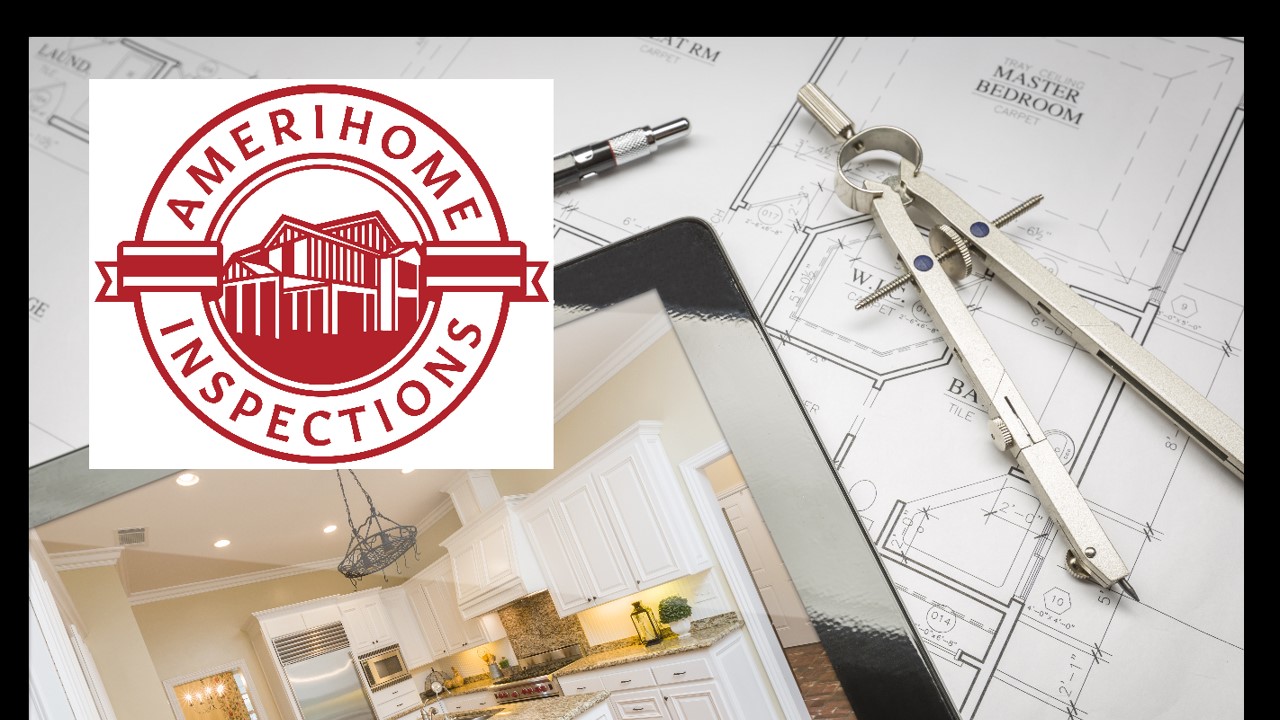Are you wondering if a home inspection is truly worth the investment? It’s a common question among home buyers, but it’s essential to recognize that conducting due diligence is a responsibility every buyer should prioritize. While the cost may seem significant, the expertise and extensive training that inspectors undergo to become licensed are invaluable. A thorough inspection can uncover serious defects that may save you thousands in the long run, making it a wise investment for any prospective homeowner.
A typical home inspection involves a thorough examination of the property, focusing on both visible and hidden issues, the real value lies in discovering those non-obvious items. Those hidden defects can be significant, as sellers may agree to cover repair costs or lower the purchase price. However, this isn’t guaranteed, particularly with bank-owned properties, making a comprehensive inspection crucial for informed decision-making. In a typical home inspection, an inspector generally goes through the house looking for visual and obvious problems. This can and should be done by both the inspector and the Homebuyer.
It’s the non-obvious items that are included in the inspection that you are really paying for or can save money on by having the defects disclosed. Often the seller will pay for the repairs or lower the purchase price to compensate for the discovery; however this is not always the case, especially with Bank owned properties.
Even if the seller doesn’t cover the repair costs, having a list of defects is beneficial for future planning. This list allows homebuyers to prioritize which issues need immediate attention and which can be addressed later. Not all defects require urgent fixes, so understanding that, the repair list can help in budgeting and maintaining the property effectively. Being informed empowers homeowners to make strategic decisions about their investments.
For many buyers, the home inspection is for the “peace of mind” it provides. While it may seem like a significant expense, consider how you would feel if defects were discovered shortly after moving in, not to mention the potential costly repairs. It’s important to remember that a home inspector may not catch every issue, as some defects hidden are beyond the scope of the inspection. Nonetheless, investing in a home inspection can help you avoid unexpected expenses and make a more informed decision about your new property.
The primary reason for a home inspection shouldn’t just be to identify issues for negotiation with the seller, although that aspect is important. Beyond providing “peace of mind,” a home inspection allows you to tally anticipated repair costs and assess whether the home is fairly priced after accounting for these expenses. Unfortunately, most inspection reports don’t include cost estimates, so it’s your responsibility to review the report carefully and seek realistic repair quotes. This additional effort can save you money in the long run, but it also requires time and diligence on your part.
When considering a property purchase, it’s essential to be aware of items that may need replacement in the future. Your inspector should provide insights on the average life expectancy of major components like the roof, HVAC system, water, and appliances. Additionally, if you’re thinking about upgrades such as new flooring, countertops or bathroom and kitchen renovations, make sure to factor in those costs as well. Ultimately, it’s your responsibility to tally these expenses to determine if the property’s price is fair, whether you should renegotiate, or even if you should consider canceling the purchase.
When purchasing a home, it’s essential to consider ancillary “Add-On” inspections that could save you time and money. A standard home inspection often excludes vital checks like sewer scope inspections, air quality assessments, mold tests, termite inspections, pool leak tests, and verification of proper permits for home additions. These specialized inspections can reveal issues that may impact your buying decision. To ensure a thorough evaluation, it’s wise to budget for these additional inspections before closing.
Consider a Four Point or Wind Mitigation Inspection as a smart investment for your home. While some elements may be covered in a typical inspection, a separate state-approved form is necessary to provide to your insurance company for potential premium discounts. Adding these reports as an “Add-On” to your home inspection is a cost-effective choice. For just a $100 investment in a Wind Mitigation attachment, you could save hundreds annually on your insurance premium for up to five years, making it a valuable return. Even if your property doesn’t qualify for a discount, you’ll gain insights into what upgrades may be needed to meet current any future standards.
A Four Point inspection attachment is often required by insurance companies for homes over 25 to 30 years old. Recently, many insurers are requesting a separate FOUR POINT document with about four pages of photos, regardless of the property’s age. While this document typically costs $295 when ordered separately, you can add it to your full home inspection for just $150. For more information on availability and pricing of all ancillary “add-on” services, please visit our “Schedule Now” tab. If you have any questions about our services, feel free to call us at 407-765-0276 to discuss your specific needs.

